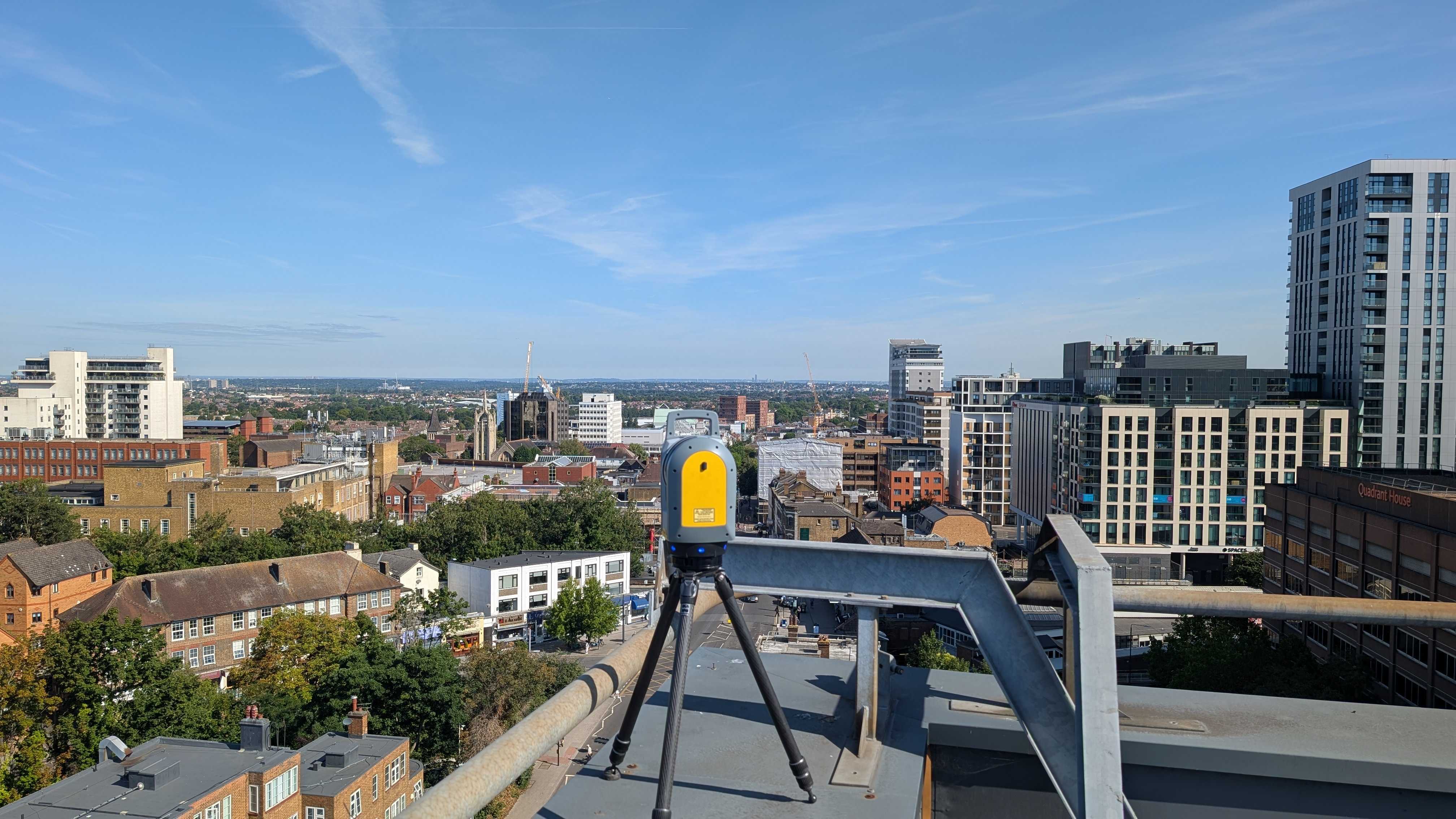When it comes to structural integrity, the warning signs often appear long before visible damage sets in.
A subtle shift in elevation, a widening crack, or gradual settlement might not seem urgent—until it results in costly remediation, legal complications, or even safety hazards.
That’s where real-time structural monitoring steps in. With the ability to detect tiny movements—sometimes as small as ±1mm—these systems provide early alerts that prevent minor issues from becoming major failures.
In this blog, we’ll explore how advanced monitoring systems identify problems before they escalate, help you maintain compliance with building regulations, and ultimately save your project from expensive setbacks.
Why Structural Movement Should Never Be Ignored
Even the most well-designed structures are subject to movement. Ground conditions change, loads shift, and environmental factors such as moisture, temperature, or vibration all exert stress on buildings and infrastructure.
While some degree of movement is expected, undetected or unmanaged displacement can signal deeper issues that, if left unchecked, compromise structural integrity and safety.
For developers, ignoring early signs of movement can result in spiralling repair costs and significant project delays. For asset managers and engineers, it can mean putting people at risk and jeopardising long-term structural performance. In the worst cases, unmonitored movement leads to catastrophic failures—risking lives, property, and professional reputations.
Cracks in concrete, tilting facades, or sagging beams are often the visible symptoms of a problem that began weeks or months earlier. Real-time monitoring eliminates the guesswork, detecting even the slightest shifts in Eastings, Northings, and Elevation. This high-precision data acts as an early warning system, allowing for corrective measures before damage escalates.
The bottom line? Structural movement may be subtle, but the consequences of ignoring it are not.
What Structural Monitoring Really Tracks
Today’s systems are designed to detect and quantify even the smallest changes in a structure’s geometry—long before visible symptoms emerge.
Here’s what’s being measured behind the scenes:
- Displacement in Three Dimensions
Using high-precision instruments like total stations and automated monitoring sensors, structural monitoring tracks movement in:
- Eastings (side-to-side/lateral movement)
- Northings (forward-backward/longitudinal movement)
- Elevation (up-down/vertical movement)
These three axes give a complete picture of how a structure shifts in space, helping engineers pinpoint exact areas of concern.
- Settlement and Heave
Foundations can sink unevenly (settlement) or lift due to water ingress or soil changes (heave). Monitoring helps detect these subtle movements early—before they translate into cracks or structural distortion.
- Crack Widths and Growth Rates
For existing structures, cracks are not just monitored visually. Digital crack gauges and displacement sensors can track width changes with extreme precision, identifying whether a crack is stable or worsening.
- Structural Tilt and Rotation
Tiltmeters and inclinometers monitor angular movement, especially useful in tall or slender structures like towers, retaining walls, or bridge piers. These instruments can detect leaning or rotation long before it becomes dangerous.
- Vibration and Dynamic Movement
Especially in urban or infrastructure-heavy environments, vibration from nearby construction or traffic can stress a structure. Integrated systems often track these dynamic loads to assess their long-term impact.
- Load Redistribution
In some applications, strain gauges are used to track how loads are distributed across structural elements. If one beam begins carrying more weight than designed, early warnings allow intervention before failure occurs.
Benefits of Real-Time Alerts and Remote Access
In construction and infrastructure projects, time is critical—and so is the ability to act before a minor issue becomes a major structural failure. That’s where real-time alerts and remote access to structural monitoring data offer a huge advantage.
- Immediate Action, Not After-the-Fact Reaction
With automated monitoring systems in place, key stakeholders—like structural engineers, developers, and asset managers—receive instant alerts when predefined thresholds are exceeded. This enables teams to:
- Investigate potential hazards immediately
- Adjust construction activity to prevent further impact
- 1Implement emergency mitigation before damage escalates
- Remote Access from Anywhere
Modern monitoring platforms push live data to secure, cloud-based dashboards that can be accessed via smartphones, tablets, or desktops. You no longer need to be on-site—or even in the same region – to review current readings, compare historical data trends and download detailed reports.
- Increased Team Collaboration
Remote access fosters real-time collaboration between all project stakeholders. Engineers can evaluate data, site managers can respond immediately, and clients can stay informed—all without needing to coordinate in-person meetings or request manual data uploads.
- Faster Reporting, Less Admin
Because the systems are automated and digital, generating reports is quick and efficient. Whether needed for compliance audits, insurance documentation, or internal reviews, reports can be compiled and shared instantly, saving time and reducing administrative overhead.
- Reduced Site Visits and Carbon Footprint
Fewer site visits mean lower travel costs and reduced environmental impact—a small but important win for sustainable construction practices.
Proactive Compliance with Building Regulations and Safety Standards
Structural monitoring is not just about catching potential issues early—it’s a critical tool for ensuring compliance with the UK’s evolving building regulations and safety standards, especially in the wake of the Grenfell Tower tragedy and the subsequent Building Safety Act 2022.
The Building Safety Act mandates a far more rigorous approach to the design, construction, and management of higher-risk buildings in England. For developers and asset owners, this means increased accountability, traceable documentation, and demonstrable proof that a building is safe both during and after construction.
Real-time structural monitoring directly supports compliance by:
- Providing continuous, verifiable evidence of structural performance
- Documenting changes in movement, settlement, or deformation
- Contributing to the “Golden Thread” of safety information that must be maintained across a building’s lifecycle
This makes monitoring systems a practical tool for demonstrating that due diligence has been taken—critical in the new regulatory environment.
Monitor First, Don’t Repair Later
In construction and asset management, prevention will always be more cost-effective than cure. Waiting for signs of damage—such as cracking, leaning, or settlement—can leave projects vulnerable to expensive remedial work, safety risks, and reputational damage.
With real-time alerts, detailed digital records, and high-precision measurements, modern monitoring solutions transform how we manage structural integrity. Whether it’s a high-rise development, a bridge, or a heritage building, monitoring helps maintain compliance, ensure long-term performance, and support confident decision-making from day one.
At Intersect Surveys, we specialise in delivering tailored structural monitoring services that keep your project safe, compliant, and future-ready.
Get in touch today to discuss your site!








